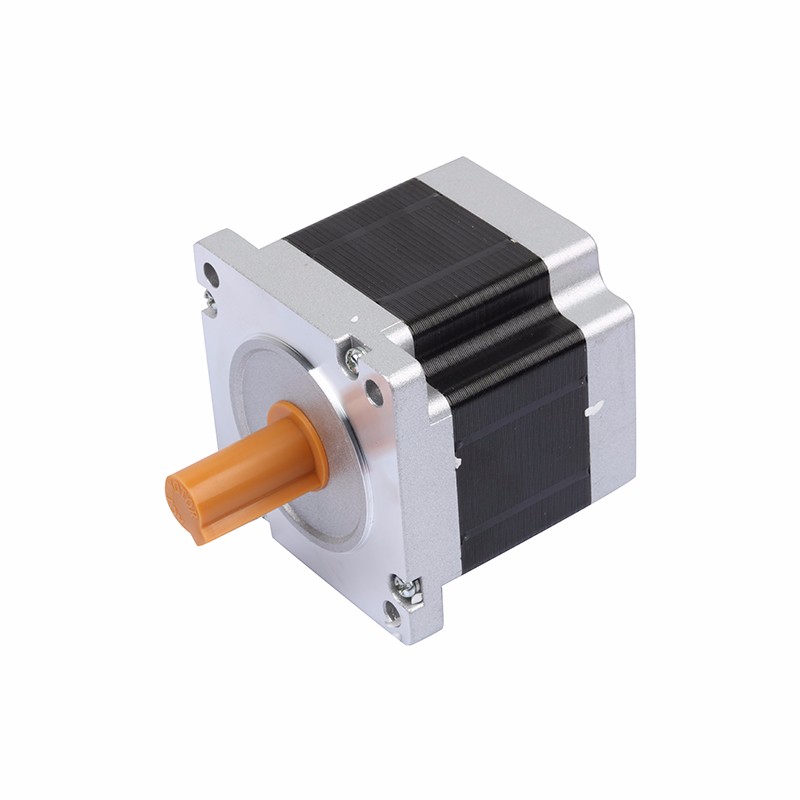Source:Industry News Release time:2022-06-24 Clicks: Popular:Reduction motor manufacturer

Stepper motors are generally controlled by PLC, and the acceleration and deceleration of the controller are controlled by the slope method. The slopes of acceleration and deceleration are symmetrical. During use, you only need to set the acceleration and deceleration time to make the slope change. Most PLCs also have the function of segmented pulse frequency control, that is, the rotation speed is divided into acceleration, uniformity and deceleration, so that acceleration and deceleration can be asymmetric to meet the requirements of certain equipment.
The stepper motor is controlled by digital signals. If the pulse signal changes quickly, the magnetic response between the rotor and the stator of the stepper motor will follow the change of the electrical signal due to the damping effect of the internal counter electromotive force, which may cause the rotor to lock. On the other hand, the faster the angular acceleration is, the greater the load inertia must be overcome. If the torque is insufficient, the motor flow will be large, and acceleration and deceleration can solve this problem.
Currently, stepper motors are controlled by microcontrollers, which have the advantages of small size and low price. When the stepper motor starts, the pulse frequency gradually increases, and when the stepper motor decelerates, the pulse frequency gradually decreases. This is what we call "acceleration and deceleration". The motor has excellent performance and can effectively avoid clogging and out-of-step.
Recommended reading
Related Information
Small reduction motor
2020-12-21Planetary reducer
2021-04-15CGX142
2021-01-13CGXZ042
2021-01-13Right angle motor
2020-12-21Fixed speed motor
2020-12-21Stepper motor
2020-12-21Governor
2021-04-17Stepper motor
2020-12-21Stepper motor
2021-04-14CGF-042L1-8-P2
2020-12-21Stepper motor
2020-12-21CGF-060L1-10-P2
2020-12-21Planetary reducer
2021-04-15CGXK060
2021-01-13How to choose linear reduction motor?
2022-10-18The dangers of adding too much lubricating oil to the reducer
2022-12-28A brief introduction to worm gear motors
2022-08-22Proper grease can effectively reduce the wear of the disc planetary reducer
2022-09-27Reduction motor selection analysis
2022-08-13Working principle and application analysis of screw stepper motor
2022-07-11Introduction to the functions and principles of linear reduction motors
2022-11-01Calculation method of reduction ratio of micro DC reduction motor
2020-12-19Advantages and Disadvantages of DC Brushed Motors
2020-12-19Reduction motor manufacturers introduce the product applications of reduction motors
2022-09-13Briefly describe the main features of stepper motors and stepper motor drivers
2022-07-18How to prevent corrosion of right angle reduction motor
2022-10-27Right angle reduction motor transmission system features
2022-10-28Reduction motor manufacturers introduce several common faults of reduction motor gearboxes
2022-09-06High and low temperature (vacuum) servo motor
2022-03-03